.webp)
© History Oasis
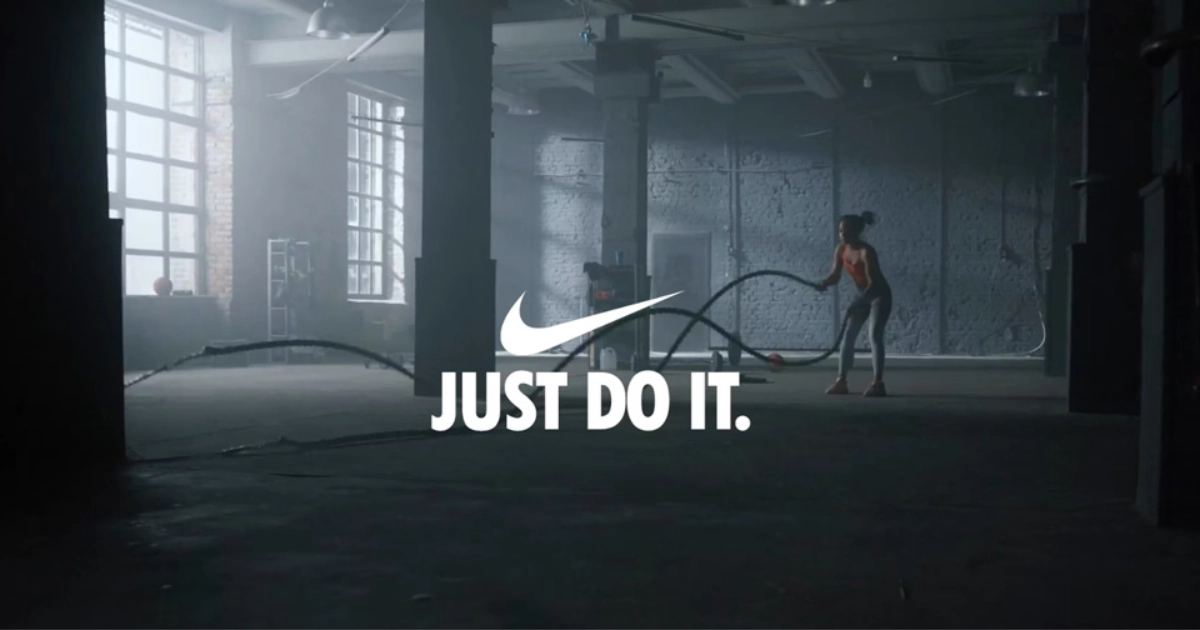
Nike (1987-present)
Dan Wieden created this legendary slogan in 1987, drawing unexpected inspiration from convicted murderer Gary Gilmore's final words "Let's do it!" The campaign launched Nike's first major TV advertising push and helped the company's market share explode from 18% to 43% within a decade. Initially, even Nike executives questioned whether they needed a tagline at all, but the phrase became synonymous with athletic motivation worldwide.
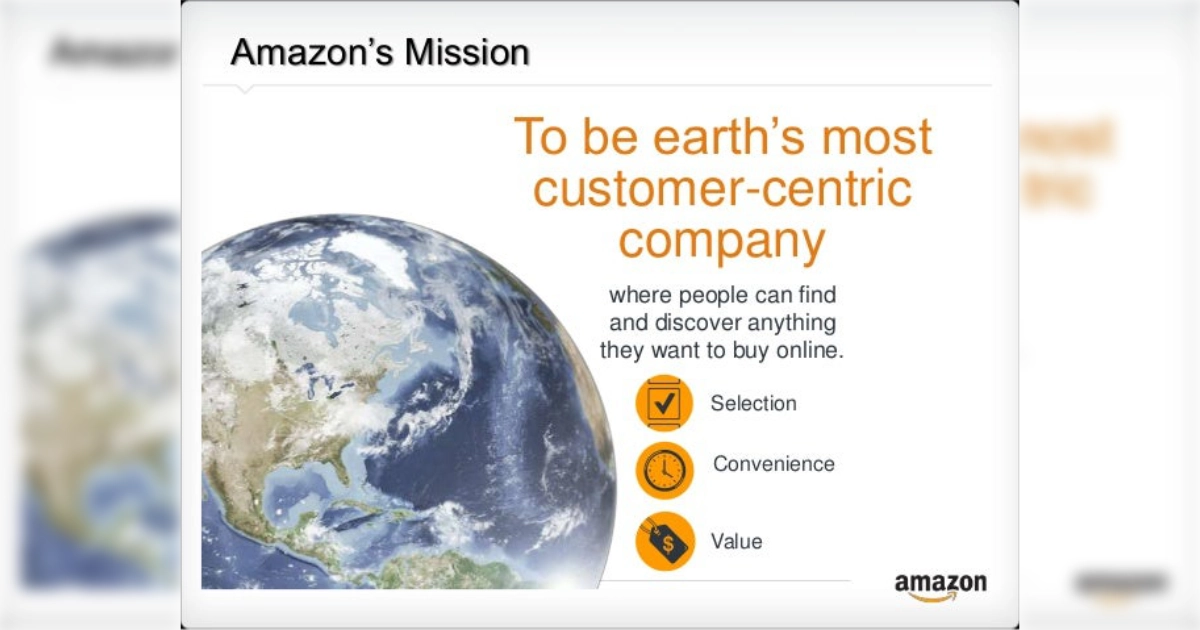
Amazon (1997-present)
Jeff Bezos established this mission statement and slogan during Amazon's early bookstore days, defining customer centricity as "listen, invent, and personalize." He believed companies must invent on behalf of customers since people often don't know what they want. This philosophy guided Amazon's evolution from selling books to becoming everything from cloud computing to grocery delivery, always putting customer obsession first.
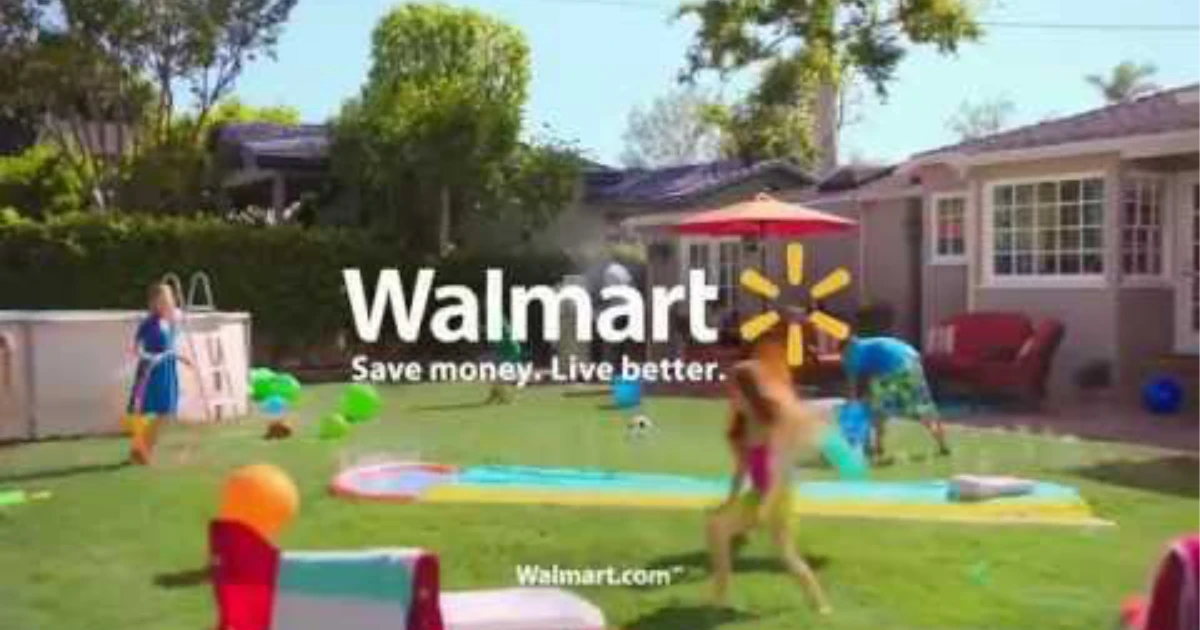
Walmart (2007-present)
This slogan replaced Walmart's long-running "Always Low Prices" campaign, representing a shift toward lifestyle benefits rather than just cost savings. The message appears on receipts, bags, and throughout their 4,700+ US stores. Sam Walton's original vision of everyday low prices evolved into this broader promise that saving money enables customers to improve their overall quality of life and achieve their goals.

Target (1990s-present)
Target crafted this slogan to position itself as the upscale alternative to Walmart while maintaining competitive pricing. The phrase perfectly captures their "cheap chic" strategy of offering designer collaborations and stylish products at affordable prices. This positioning helped Target earn the nickname "Tar-zhay" among customers who appreciate both the savings and the sophisticated shopping experience they provide.
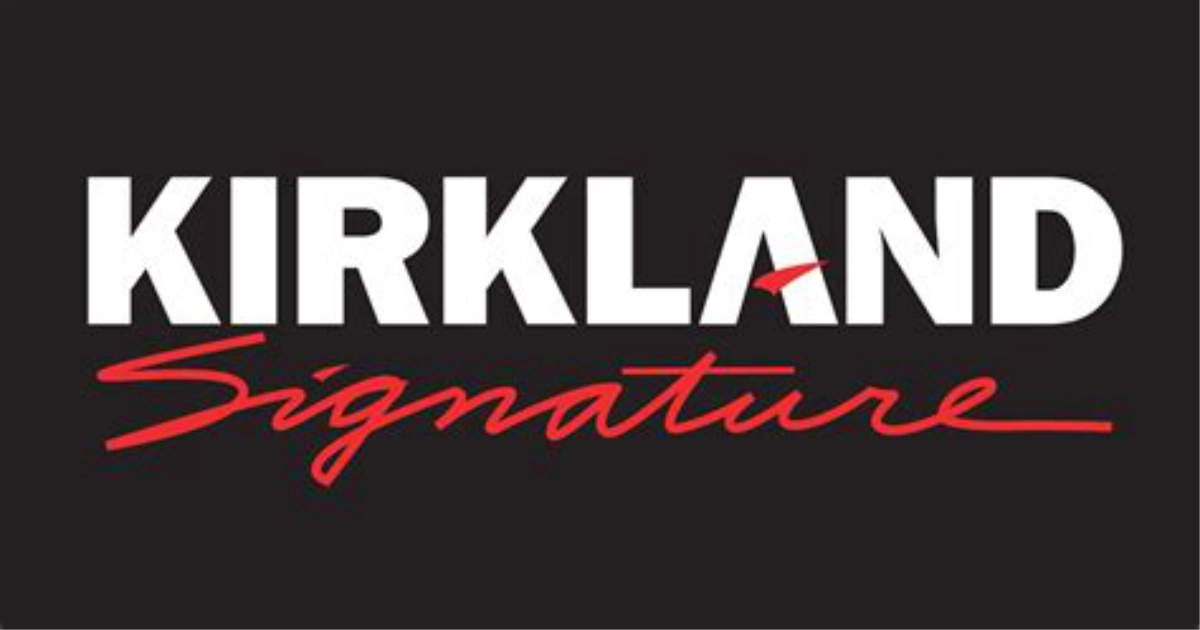
Costco (1995-present)
Costco's co-founder Jim Sinegal consolidated 30 different private-label brands under this single name, taken from their former headquarters city in Washington. "Nobody could spell Issaquah, so we kept it," he explained. The brand now generates $58 billion annually, making it America's largest consumer packaged goods brand by sales—bigger than Hershey, Campbell Soup, or Kellogg combined.
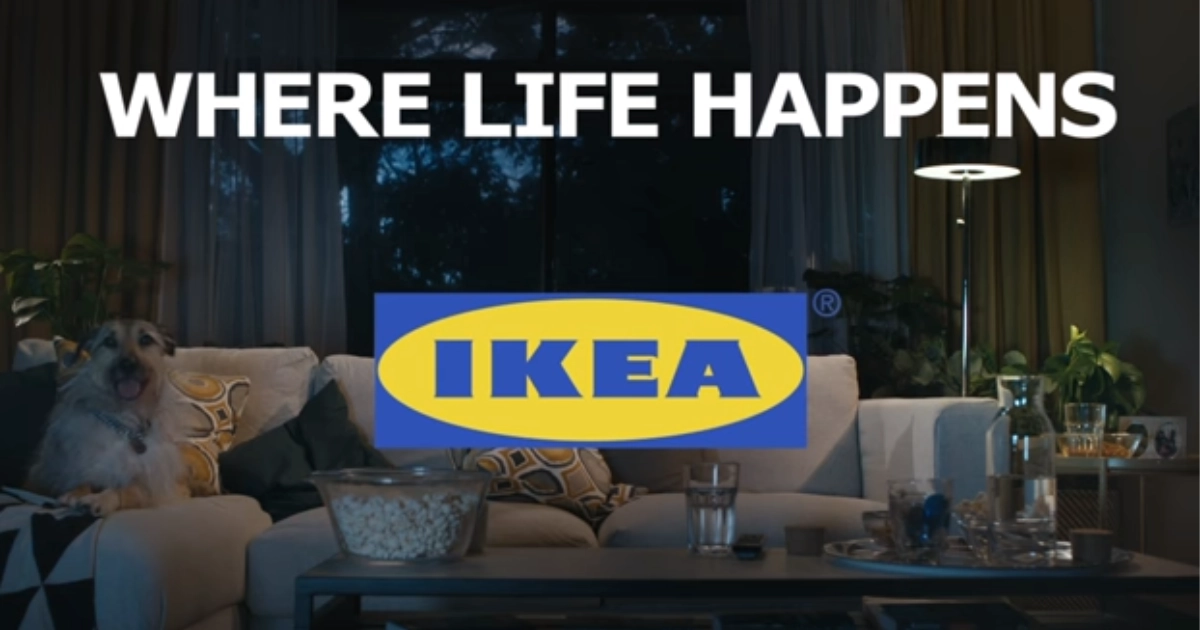
IKEA (2010-present)
This Swedish furniture giant adopted this slogan to emphasize how affordable design can transform living spaces and daily routines. IKEA pioneered the flat-pack furniture concept and self-service warehouse shopping experience. Their democratic design philosophy combines form, function, quality, sustainability, and low prices, making good design accessible to people regardless of their budget or background.
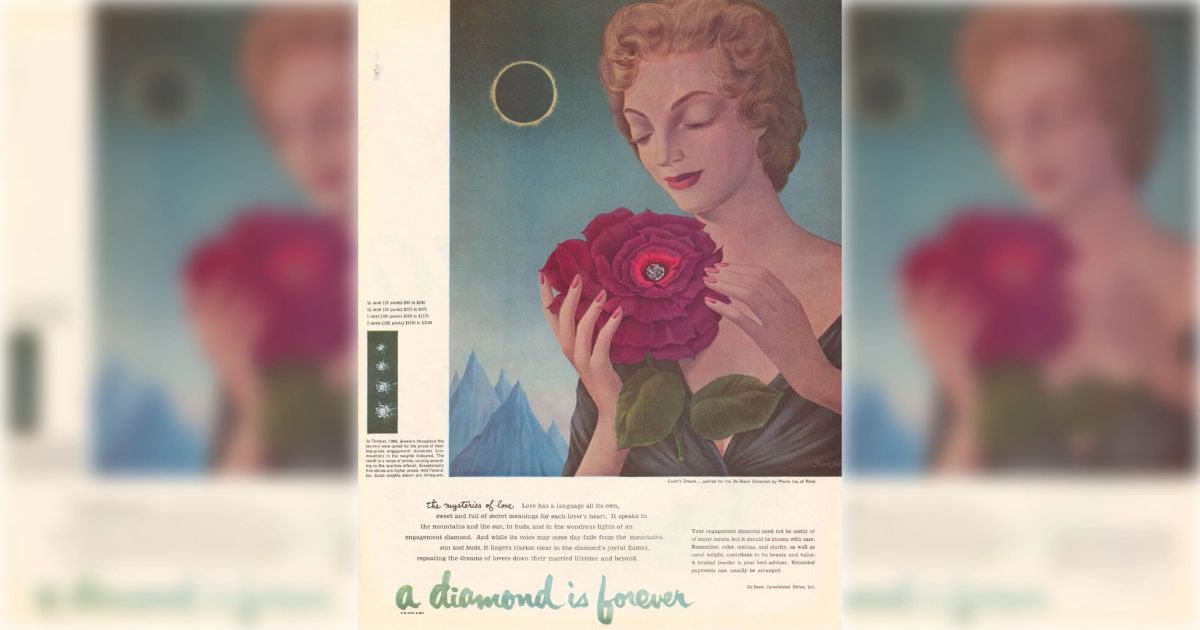
De Beers (1947-present)
Copywriter Frances Gerety created this phrase after praying for inspiration, scrawling it on a picture of honeymooning lovers. The campaign literally invented modern engagement ring culture—only 10% of brides received diamond rings in 1940, but 80% did by 1990. Advertising Age named it the greatest slogan of the 20th century, and it transformed diamonds from luxury items into symbols of eternal love.

L'Oréal (1990s-2023)
Originally written as "Because I'm Worth It" by 23-year-old copywriter Ilon Specht in 1971, this became the first advertising message to highlight female self-confidence. The slogan coincided with the women's liberation movement and challenged male-dominated beauty advertising. Translated into 40 languages, it empowered women worldwide to invest in themselves and believe in their own worth and beauty.
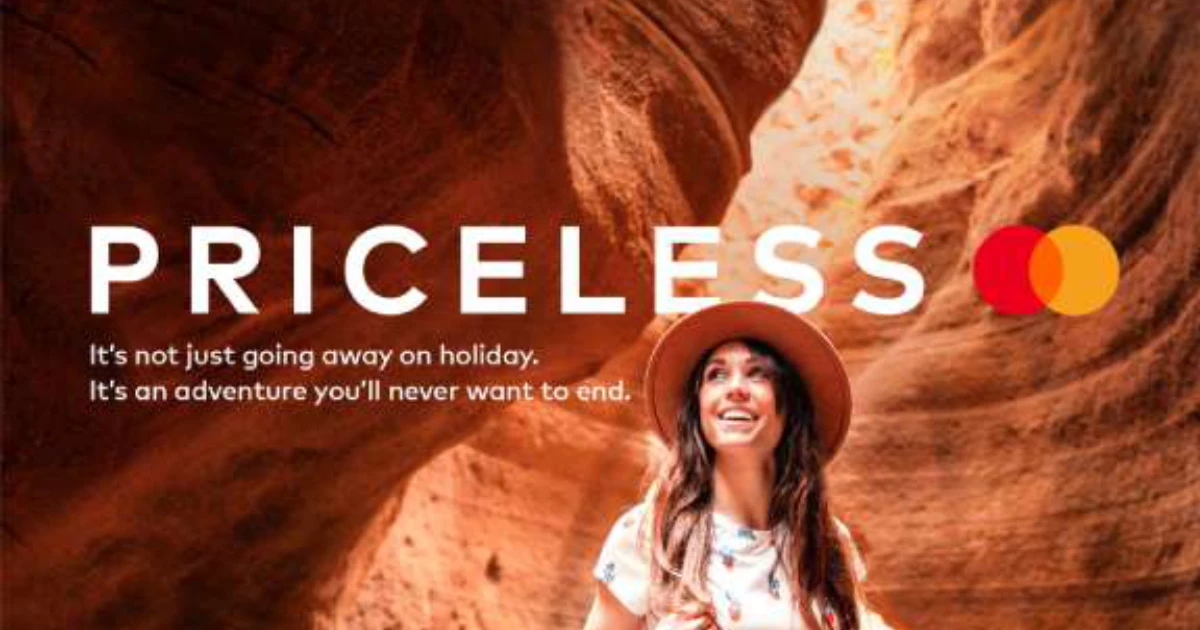
MasterCard (1997-present)
Joyce King Thomas created this campaign at McCann-Erickson, featuring the famous "There are some things money can't buy" tagline. The first commercial showed a father-son baseball game, establishing the format of listing prices for tangible items before revealing something priceless. The campaign became "the meme before memes existed," with people creating their own versions long before viral marketing was common.
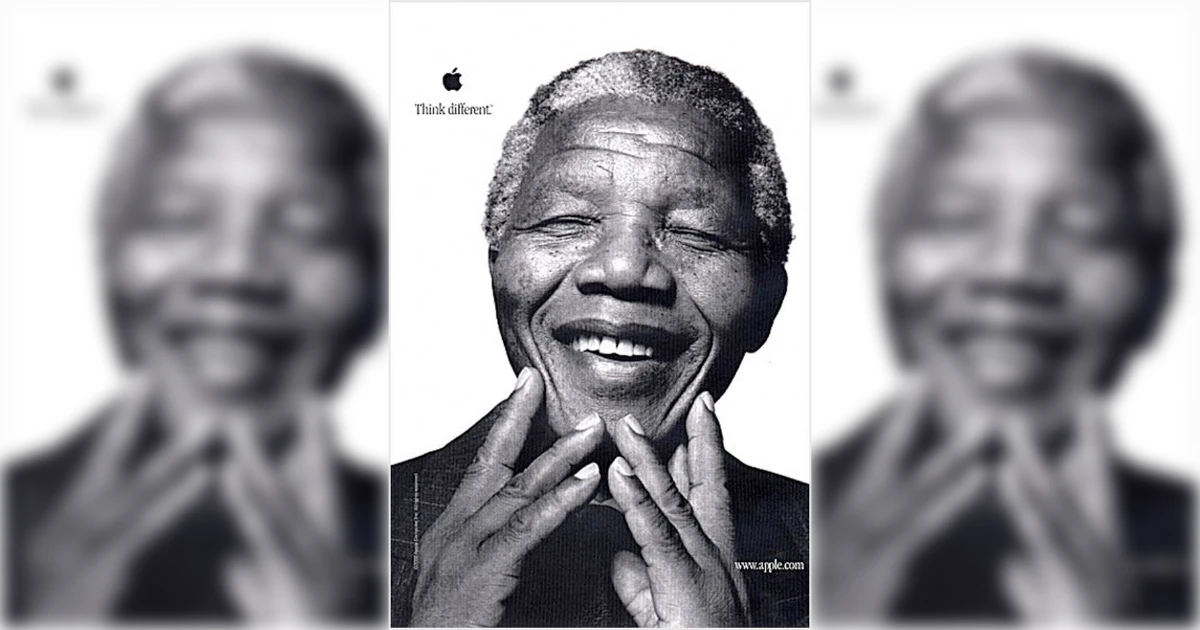
Apple (1997-2002)
Art director Craig Tanimoto deliberately chose grammatically incorrect phrasing over "Think Differently" when Apple was nearly bankrupt with 90 days of cash left. Steve Jobs returned to save the company and personally considered narrating the famous "Crazy Ones" commercial before choosing Richard Dreyfuss instead. The campaign celebrated rebels and misfits, positioning Apple as the alternative to conventional computing and corporate conformity.